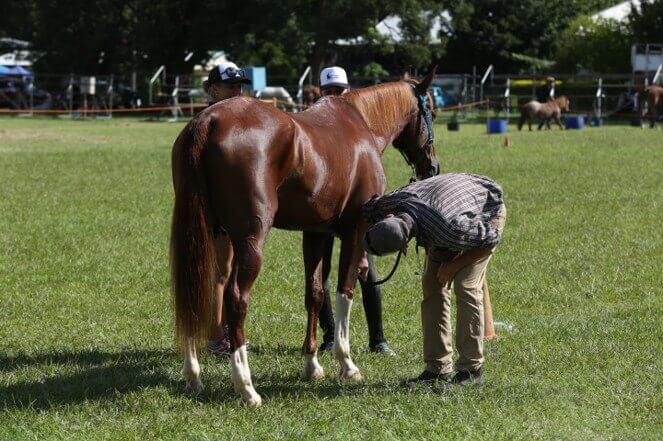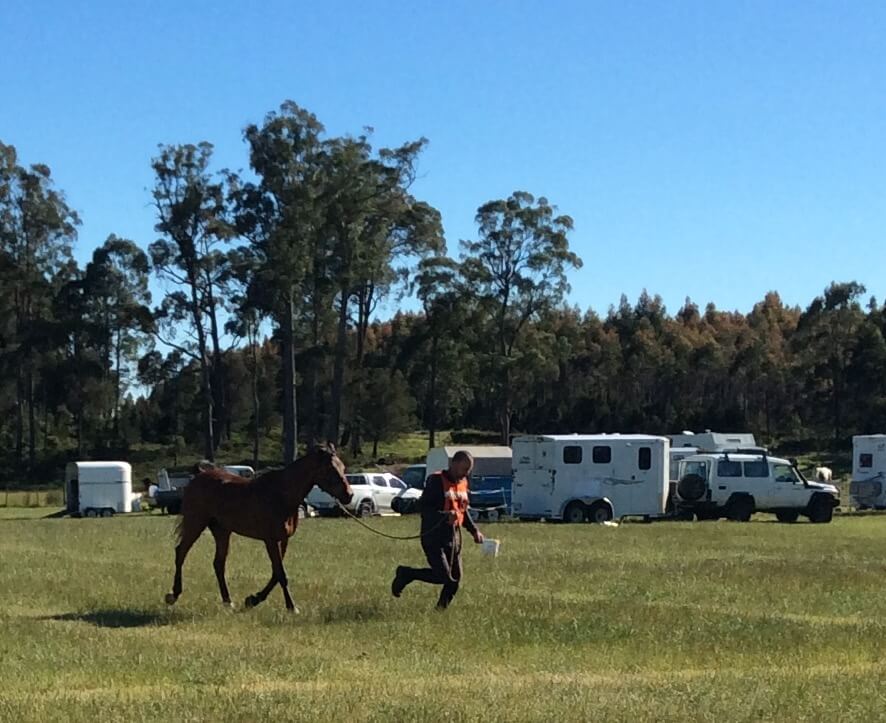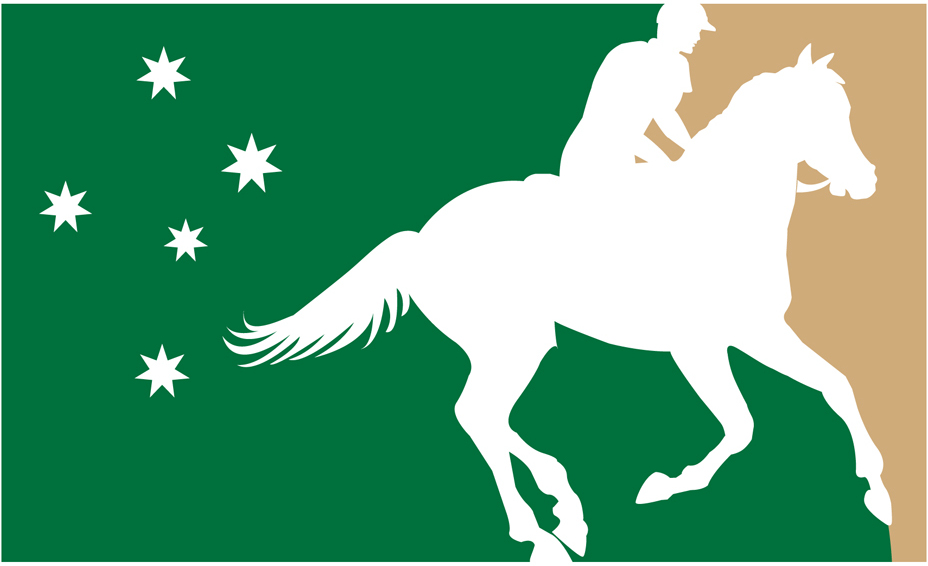Guide to Australian Endurance Vetting
Physical Parameters
Girth, Back and Withers
- Girth & Back Examination – deep palpation is not necessary.
- Skin is the major organ in contact with tack so looking for the effects of ill-fitting tack or of the weight of saddle & rider on the horse. When the horse resents examination to such an extent that it is dangerous for the examiner, it should be eliminated!
- A = No pain / no lesions
- B = Tenderness
- C = Chafe, scald
- D = Open lesion, marked pain – elimination
Leg Injuries
- It is not necessary to pick up or palpate the limbs as a visual examination is all that is required.
- A = None
- B = Recent superficial cuts, swelling
- C = Skin wounds, open cuts
- D = Exuding wound, full depth cuts over joints – elimination


Gait Assessment
- Must be performed on a good level surface (i.e. grass, sand etc)
- Must be 40 metres out in length and 40 metres back (MEASURE IT)
- Good lighting is very important during night loops, or early mornings
- Attention to the sunset and sunrise should be paid when setting up a vet ring as this can make the assessment difficult


- The most contentious elimination subject to more questioning by the riders than a metabolic elimination
- Consistency within the veterinary team and throughout the event is necessary. Veterinarians are not required to provide a diagnosis of an irregular gait
- Observe the hind quarters for hip hike first then the head for head bob. Suggested criteria for elimination:
- Consistent irregularity to and from observer
- Able to identify limb i.e. LF or RH (although not necessary)
- A = Willing, strong, normal
- B = Subtle reluctance
- C = Reluctance, tired, not consistently lame
- D = Unwilling, no animation, consistently lame – elimination
Forelimb Lameness
TIP:- The saying “down on the sound” can help with recognising the affected limb
Hindlimb Lameness
TIP:- Look for hip hike

